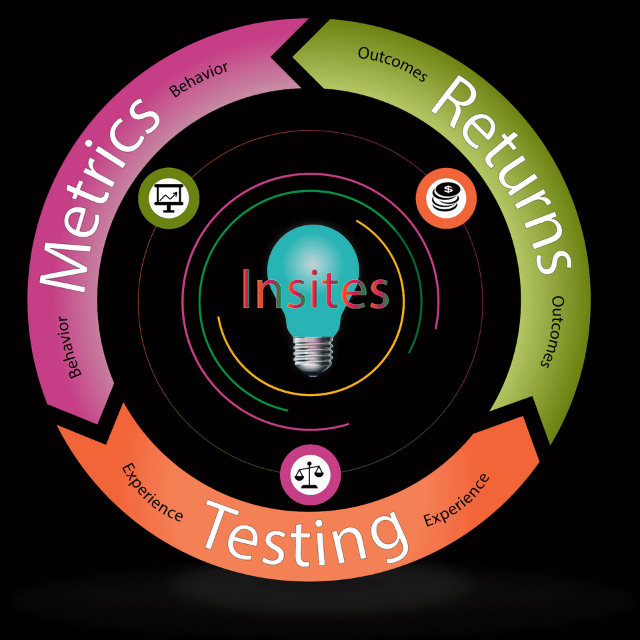
Introduction
With mobile devices accounting for an increasing share of web traffic, tracking and analysing mobile user behaviour is more critical than ever. Mobile analytics tools like Google Analytics’ Mobile App, Mixpanel, and Firebase Analytics are becoming increasingly popular as they allow businesses to track how users engage with their mobile apps, what actions they take, and how they use the App. This data can then be used to make data-driven decisions that improve user engagement, retention, and monetisation.
Mobile analytics can provide valuable insights into a range of metrics, including:
- User behaviour: Mobile analytics tools can track how users navigate through an app, what features they use, and how long they spend on each page or screen.
- User demographics: Mobile analytics tools can provide information about user demographics, such as age, gender, and location, which can be used to understand the App’s target audience better.
- User retention: Mobile analytics tools can track how often users return to an app, how long they stay, and what actions they take during their visits. This information can be used to improve user retention and engagement.
- App performance: Mobile analytics tools can track app performance metrics, such as app crashes and load times, which can be used to identify and fix issues impacting user engagement.
Popular mobile analytics tools
Some of the most popular mobile analytics tools include Google Analytics for Mobile Apps, Firebase Analytics, and Mixpanel. Mobile analytics is an essential component of any mobile app development and marketing strategy, as it provides valuable insights that can help businesses improve user engagement, retention, and monetisation.
- Google Analytics for Mobile Apps: This tool provides in-depth insights into app usage, user behaviour, and App performance metrics. It can track metrics such as user retention, conversion rates, and revenue, and it integrates with other Google tools such as Google AdMob and Google Tag Manager.
- Firebase Analytics: Firebase Analytics is a free tool provided by Google that offers real-time insights into app usage, user behaviour, and performance. It can track user engagement, retention, and in-app purchases and integrates with other Firebase tools such as Firebase Cloud Messaging.
- Mixpanel: Mixpanel is a popular mobile analytics tool that provides real-time insights into user behaviour, engagement, and retention. It offers features such as funnels, cohorts, and A/B testing, which can help businesses optimise their App’s user experience.
- Flurry Analytics: Flurry Analytics is a mobile analytics tool provided by Verizon Media that offers insights into app usage, user behaviour, and performance. It can track metrics such as user acquisition, retention, and engagement and integrates with other media tools such as Yahoo App Publishing.
- Appsflyer: Appsflyer is a mobile attribution and analytics tool that allows businesses to track app installs, in-app events, and revenue. It offers fraud prevention and audience segmentation features, which can help businesses optimise their app marketing campaigns.
The importance of mobile analytics
- Better Understanding of User Behavior: Mobile analytics tools can help businesses better understand how users interact with their mobile App, which features they use most, and where they spend the most time. This information can help businesses identify areas for improvement in the user experience and can also be used to create personalised marketing campaigns. For example, a business may discover through mobile analytics that users tend to abandon the App at a certain point in the user journey. By identifying this point and making improvements to the user experience, the business can reduce user drop-offs and increase engagement.
- Improved User Engagement: Mobile analytics can help businesses optimise their App for user engagement. By tracking metrics such as session length and frequency of use, businesses can identify trends and patterns in user behaviour and improve the App experience to increase engagement. For example, a business may notice that users tend to only use the app once a week, and may introduce new features or incentives to encourage more frequent usage.
- Optimise App Performance: Mobile analytics can provide insights into app performance metrics such as load times, crashes, and errors. By monitoring these metrics, businesses can identify and fix issues that impact user experience and improve app performance. For example, if a business notices through mobile analytics that the App is frequently crashing on a certain device, they can investigate and fix the issue to ensure a better user experience.
- Personalised Marketing Strategies: Mobile analytics can provide businesses with insights into user demographics, such as age, gender, and location. This information can be used to create personalised marketing campaigns that target specific user groups. For example, a business may create targeted ad campaigns for users in a certain location or special offers for users in a certain age group.
- Increased Revenue: Mobile analytics can track revenue metrics such as in-app purchases and advertising revenue. By monitoring these metrics, businesses can optimise their monetisation strategies and increase revenue. For example, a business may use mobile analytics to identify which in-app purchases are most popular and adjust their pricing strategy accordingly or optimise their advertising strategy to maximise revenue from ad impressions.
In summary, mobile analytics provides businesses with valuable insights into user behaviour, which can be used to improve engagement, optimise app performance, create personalised marketing campaigns, and increase revenue. By leveraging mobile analytics data, businesses can make data-driven decisions that lead to better user experiences, higher engagement, and increased revenue.
